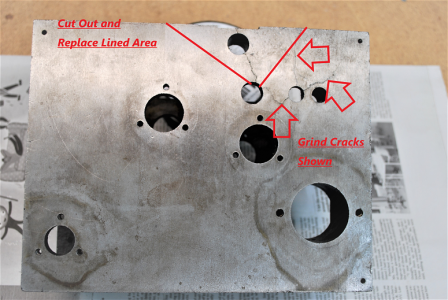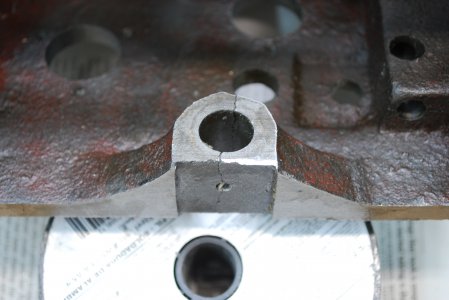- Joined
- Sep 21, 2012
- Messages
- 185
Years ago I bought a little south bend lathe from a school district that had a similar problem. After disassembling the carriage I baked it for six hours at about 600° to burn out all the oil. After it cooled I ground out some nice big “V’s”, heated it up again and used a oxy-act torch and some brazing rods to do the repair. When I was done with the brazing I put it into a bucket of lime so it would cool real slow. I then had to bore out the bearing areas and bush them so everything ran true again. That was over thirty years ago and I’m still using that lathe with no problems.
Sent from my iPhone using Tapatalk
Sent from my iPhone using Tapatalk



